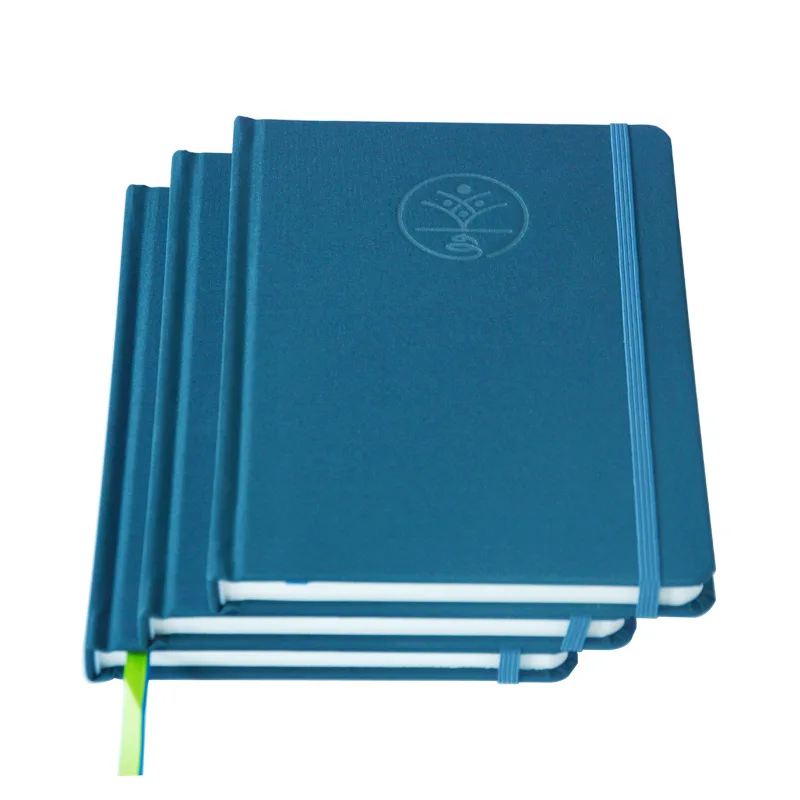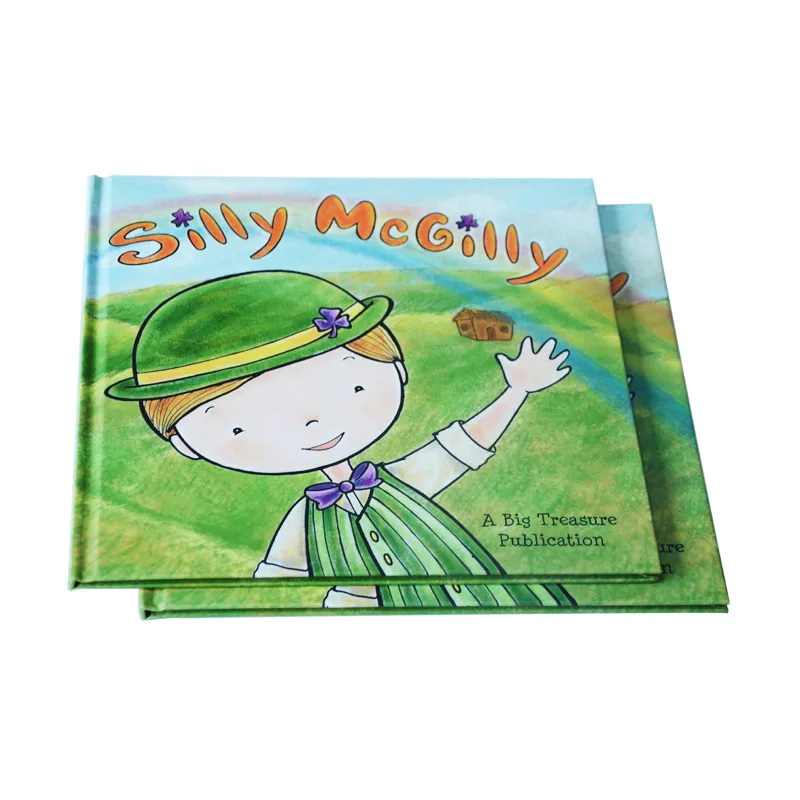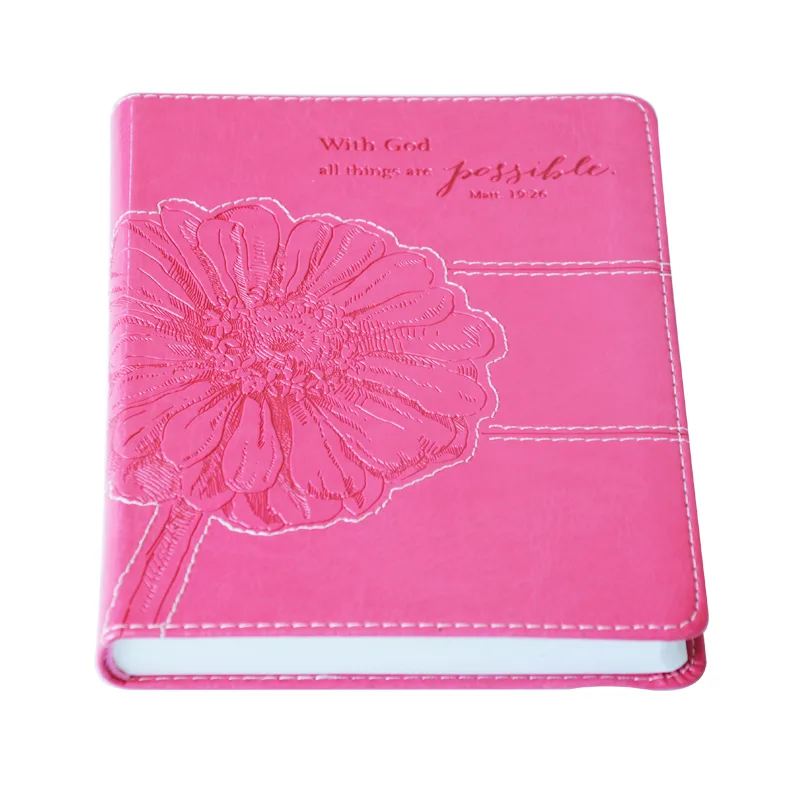Professional Book Printing in China
Your Trusted Partner for High-Quality, Affordable Offset Printing Services.
We Help Global Publishers & Businesses Create Beautiful Books.

Printing, Made Simple
A Better Printing Experience, 100% Guaranteed.
We believe the printing process should be as creative and enjoyable as your project itself. Our expert team simplifies every step, providing proactive communication and dedicated support to ensure a seamless and worry-free journey from your file to the final book.
8<
Hour Response Time
20%
Average Cost Savings
50+
Countries Served
Types of Book Printing We Provide
From traditional prints to innovative creations, if it’s a paper-based product, we have the expertise and resources to make it happen.

Children's Book Printing
Vibrant, engaging, and certified child-safe (CPSIA & EN-71 compliant).

Comic Book Printing
Vivid art reproduction on specialized paper to bring your characters and stories to life.

Art Book Printing
Stunning color fidelity on premium, coated paper stocks for artists and galleries.

Graphic Novel Printing
High-quality printing for sequential art, ensuring sharp lines and vibrant colors for your narrative.

Catalog Printing
Professional printing to showcase your products and brand with clarity and quality.

Magazine Printing
Reliable, high-volume printing with crisp text and glossy, eye-catching photos.

Notebook Printing
Fully customizable for corporate branding, promotional gifts, or retail merchandise.

Sprayed Edges Book Printing
A stunning decorative edge, from solid colors to intricate designs, for a truly unique and premium book.
Book Binding Options We Offer
We provide suitable binding options for a variety of book types, including but not limited to children’s books, art books, journals, comic books, novels, and more.

Hardcover Book Printing
Premium, durable, and timeless. The gold standard for quality publications.

Softcover Book Printing
Affordable, lightweight, and versatile. Perfect for novels and trade books.

Board Book Printing
Ultra-durable and chew-proof. Built for the youngest readers.

Spiral & Wire-O Binding
Lays completely flat when open. Ideal for workbooks, manuals, and planners.

Saddle Stitch Booklet Printing
Cost-effective and professional for thin booklets, brochures, and programs

Card Printing
For tarot cards, oracle decks, or custom card games on quality cardstock.
See What We've Created Together
Our Simple 5-Step Process
We’ve simplified the entire international printing journey into five transparent stages. For an in-depth look at each step, from file preparation to final delivery, read our comprehensive guide to book printing in China.
1
2
3
4
5
Get a Quote
Request a detailed quote for your project.
File Check & Proofing
We check files & provide a proof for approval.
Production
We begin full production after sample approval.
Quality Control
Our team inspects every book to ensure quality.
Shipping
We pack securely and deliver to your door.
Key Support for Your Project

Free Print-Ready Check
Our experts perform a free technical check to ensure your files are print-perfect.

Free Goods Storage
We offer free, secure storage for your printed orders for up to 3 months.

Diverse Proofing Options
From digital previews to physical samples, we help you choose the perfect printing proof to ensure perfection before mass printing.

Custom Kitting & Fulfillment
We provide custom kitting and packing to streamline your fulfillment process.
Rated "Excellent" on Trustpilot
Hear directly from global clients on Trustpilot – learn about their real-world experiences with our book printing services.
Rated 4.7 / 5 based on 26 reviews. Showing our latest reviews.
Case Studies & Insights
From High-Risk to Flawless Finish: A Notebook Printing Case Study
Are you developing a product with an intricate design, only to be…
A Publisher’s Guide to Book Series Color Consistency: A Case Study in Protecting Brand Equity
For a publisher, what is the most perilous moment? It may not…
Offset vs Digital Printing: Which Is Right for YOU?
Feeling lost in the printing jungle? This comprehensive guide breaks down the…
Have a Question?
FAQ
If you don’t see your question here, please don’t hesitate to contact our expert team!
What is your Minimum Order Quantity (MOQ)?
Our standard MOQ for high-quality offset printing is 300 copies. This quantity allows us to provide you with the best balance of per-unit cost and professional quality. Pricing becomes even more competitive with larger orders, a topic we cover in our guide to printing costs.
Can I get a sample before placing a bulk order?
Absolutely. We highly recommend it. We will produce and ship a complete physical sample of your book for you to evaluate. You can learn about the different options in our guide to book proofing methods before you commit to the full production run.
What is the typical turnaround time?
Typically, sampling takes 3-7 days, and mass production takes 10-30 days. The exact time depends on the project’s complexity. If you have an urgent deadline, please let us know, and we will do our best to accommodate it.
For a full breakdown including shipping, please see our detailed guide on how long book printing takes.
Do you ship worldwide, and what does it include?
Yes, we ship worldwide with the following options:
To the US, Europe, Australia, NZ & South Korea: We offer a full DDP door-to-door service. EXW, FOB, or CIF terms are also available upon request.
To all other countries: We ship via standard EXW, FOB, or CIF terms.
Please contact us to confirm the best shipping method for your location.
What are your payment terms?
Our standard payment term is a 50% deposit to begin production after sample approval, and the remaining 50% balance is due before we ship your bulk order. We offer various convenient payment methods.
Ready to Start Your Printing Project?
Let Mainland Printing be your expert partner.
We specialize in creating high-quality, custom books for clients worldwide, focusing on professional service, competitive pricing, and reliable global delivery.

















































































